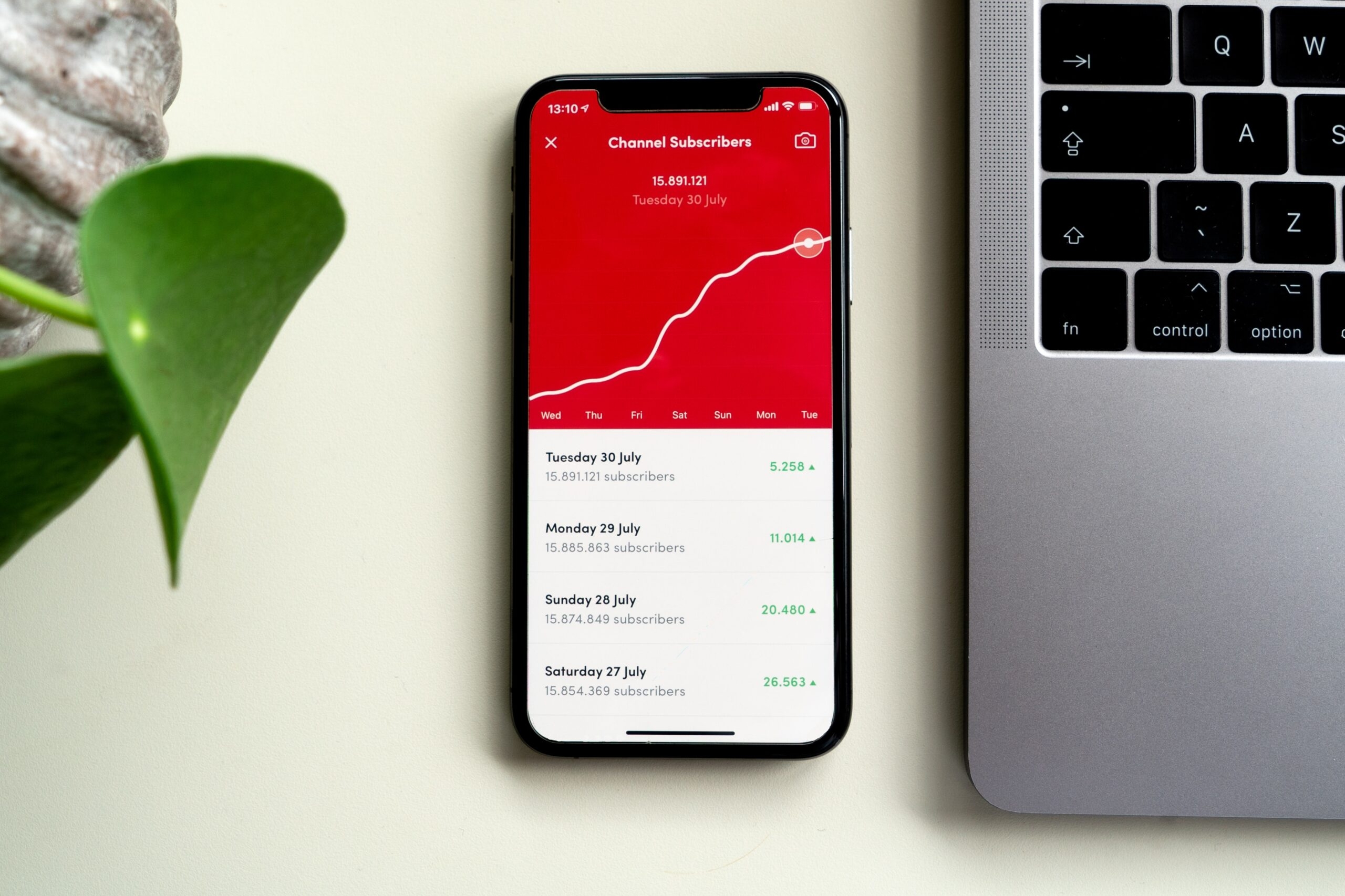Building a digital marketing strategy
In today’s digital landscape, a well planned and robust marketing strategy is essential for any b2b or b2c businesses to thrive. With a growing number of consumers choosing online as their preferred marketplace, an effective digital marketing strategy can significantly impact a business’ success. The following article aims to provide a complete guide on how to create a digital marketing strategy. By understanding the key elements and implementing the right tactics, businesses can engage their target audience across a variety of different online platforms, boost brand awareness online and offline, drive traffic to their site, and ultimately increase conversions.

1. Define Clear Objectives
Before diving into digital marketing techniques and activities, it is vital to define clear objectives from the start so you are able to work towards an agreed outcome or metric. What does your business want to achieve through digital marketing? Is it to increase brand awareness, generate leads, drive website traffic, or boost sales on ecommerce? By setting specific, measurable, attainable, relevant, and time-bound (SMART) objectives, you can begin to align your digital marketing efforts with your business goals. These objectives will serve as the foundation for your overall digital marketing strategy.
2. Identify and Understand Your Target Audience
To effectively reach your target audience, you firstly need to understand who they are, what they want, and how they interact and spend their time online. You can conduct market research in order to gain these types of insights into consumer behaviour, demographics, interests, and preferences. Utilising tools such as Google Analytics, social media analytics, and customer surveys and research reports can be the perfect place to gather valuable data about your audience. This information will help you create buyer personas, which are fictional representations of your ideal customers. For example a buyer persona may tell you the age, gender, geographical location, buyer behaviours, social media interaction times and other pieces of information which make up a businesses ideal customer profile.

3. Choose the Right Digital Channels
Once you have a clear understanding of your target audience, you can then begin to select the most appropriate digital channels to reach them. B2C and B2B businesses often benefit from utilising a mixture of channels like search engine optimisation (SEO), social media marketing, email/direct marketing, content marketing, partnerships, and paid advertising to name a few. Each channel offers unique opportunities to engage with your target audience and should be aligned with your overall aims, objectives and target audience preferences.
4. Develop Engaging Content
In today’s age, compelling content is at the core of any successful digital marketing strategy. The rise of social media and short form video content which is becoming increasingly popular amongst consumers, brands need to adapt to make compelling content which engages their audience. Creating valuable, informative, and entertaining content that resonates with your target audience is the key to success, using a variety of different types of media such as articles, videos, infographics, and social media content and more. Tailor your content to address your audience’s pain points, provide solutions to common consumer problems, and showcase the benefits that your product or service brings to the table. Focus on quality rather than quantity, and ensure consistency across all channels.
5. Measure, Analyse, and Refine
Regularly measuring and analysing your digital marketing efforts once you launch your business is essential for optimising your strategy along the way. As your business grows and the needs of the market change, your marketing strategy will ultimately need to change with it to ensure the long term success of your brand or business. Use tools like Google Analytics, social media analytics, and email marketing analytics to track key metrics such as website traffic and other engagement across each of your channels. Utilising other tools such as Google Looker Studio also offers additional insights and recommendations into your SEO performance and website engagement using complex dashboards and conversion tracking. Adopting an iterative approach backed by data will allow you to make data driven decisions in regards to your digital marketing strategy which will ensure you correct mistakes quickly and optimise performance.
Bring your marketing strategy to life
By following these 5 simple steps you will be able to bring your marketing strategy to life and map out your planned course of action while being able to align your activities to your business goals. Not every strategy you try will work, so continually optimising and rethinking your is the key to long term success.
More interesting content...
Like this story? Share it on your social media...
For more of the latest content, why not subscribe to our mailing list...






